This article is reproduced with permission from
Authentic scenery
(ID: didaofengwu)

▲ Chaozhou aerial image/Chaozhou government promotional video
-Speaking of Fengwujun-
Not coming to Guangdong
Go for nothing
Even if you haven’t been to Chaoshan, you should have tried Chaoshan beef hot pot, right?
The Phoenix Mountains in the north of Chaoshan separate Meizhou, making Chaozhou, Shantou, Jieyang and other places constitute a unique cultural area-Chaoshan area. They are close in geography, culture, folklore, and language, so they often appear collectively as “Chaoshan”, just like the name “Jieyang Chaoshan Airport”.
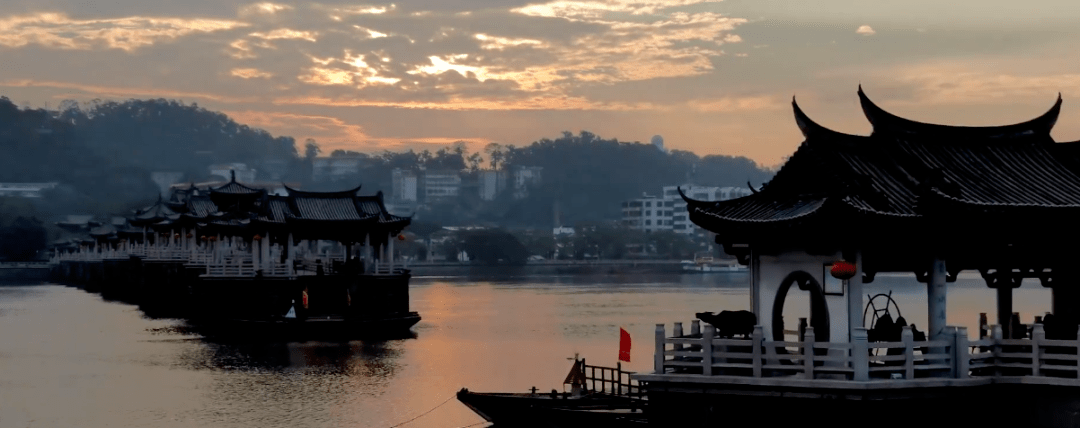
▲ Picture of Chaozhou Ancient City/Chaozhou Government Promotional Video
But in fact, the word “Chaoshan” originated from modern China, and it appeared in the archives of Chaoshan Customs in the 9th year of Guangxu in the Qing Dynasty (1883). In 1949, New China set up a “Chaoshan Special Zone” in the Chaoshan area, and “Chaoshan” first became a Administrative division name. And another name, as early as 591 AD, Yang Jian, Emperor Wen of the Sui Dynasty, used it to name the Chaoshan area, which means “in the continent of the tide, the tide goes back and forth”. It has been used for more than 1,600 years.That is Chaozhou.
At the border of Guangdong and Fujian, born towards the sea
“Province Wei Guojiao” is a self-deprecating statement by Chaozhou people, and it also describes the geographical location of Chaozhou: Chaozhou is located on the southern coast of mainland China, at the eastern end of Guangdong Province, where the East China Sea and the South China Sea meet, and it is also the two sides of Guangdong and Fujian. The border area of the province.
The Phoenix Mountain in the north is like a mother to Chaozhou. It is not only the geographical boundary of the Chaoshan Cultural District, but also an important birthplace of Chinese Oolong Tea. Chaozhou’s elegant name “Fengcheng” also comes from this mountain.
The Huanggang River and the Hanjiang River are divided into the east and west, and they are the two larger rivers in Chaozhou, running into the sea. Looking at the topography of Chaozhou, the mountainous area occupies as much as 65% of the entire area, and the available arable land is relatively small. The living environment by the sea gives the Chaozhou people the adventurous and pioneering spirit, and creates the characteristics of the Chaozhou people to be mercantile.
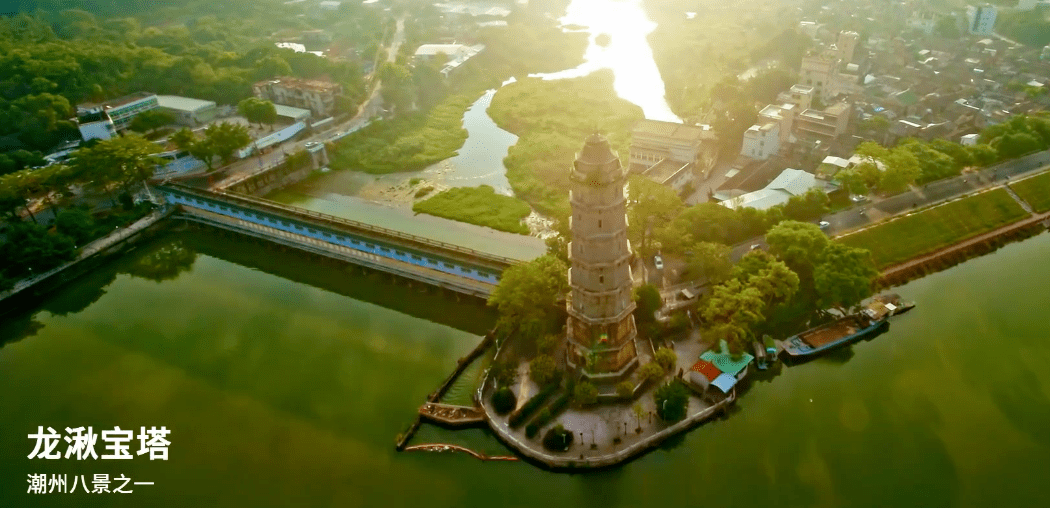
▲ The Longqiu Pagoda is erected by the Han River.Picture/Promotional Video of Chaozhou City Government
In history, Chaozhou merchants, Shanxi merchants, and Huizhou merchants were collectively known as the three major merchant gangs in ancient my country, and the sea trade of Chaozhou people was very active. According to the introduction in the “2009 Global Chaozhou Business Economic White Paper”, at that time, about half of the Chinese assets in Southeast Asian countries were Chaozhou people; Chaozhou had many wealthy Chinese businessmen, accounting for a quarter of the wealth of the global Chinese richest list; Among the more than 50 million Chinese overseas, about 20% are of Chaozhou nationality…
Chaozhou people are so hot in overseas business, and there is also a very good ceramic industry in the local industry. Chaozhou is not only the largest production base of arts and crafts porcelain, daily-use porcelain and sanitary ware in China, but also the largest production base of ceramics in the world. There are more than 10,000 ceramic manufacturers in Chaozhou, and many Chaozhou locals make a living from this.

▲ Innovative ceramics are being produced in the Chaozhou Ceramic Factory. Photo/”Chaozhou, China’s Porcelain Capital”
“Where there is tide, there are trendy people.” Chaozhou people have not only traveled to all parts of the world, but also made business all over the world, and brought Chinese culture to all parts of the world. All kinds of delicacies have become the “hometown taste” of local Chinese. Taoist temples decorated with Chaozhou wood carvings have become a window to understand China, and the origin of these delicacies, beliefs, and arts is in Chaozhou.
Worship Han Yu on the ground, “Borrow Lord” in the sky
There is a saying in Guangdong that “you can’t come to Guangdong, and you will go for nothing.” More than 1,000 years ago, Chaozhou was not as popular as it is now. One of the destinations for officials to offend the emperor and be demoted was Chaozhou.
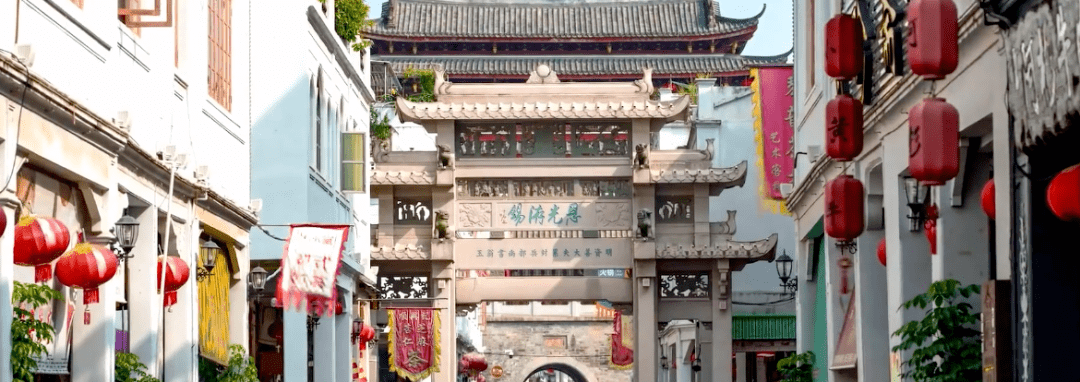
▲ The largest archway street in China.Picture/Promotional Video of Chaozhou City Government
In 819 AD, Han Yu wrote to Tang Xianzong with a one-fold “Admonition to the Buddha’s Bone Form”, with a sharp rhetoric. Angrily, Tang Xianzong demoted Han Yu to Chaozhou. The road to Chaozhou was difficult and difficult, and he wrote the famous “Moving Left to Languan Show Nephew Sun Xiang”.
Han Yu only stayed in Chaozhou for just eight months, but during these eight months he built water conservancy projects, cared about agriculture, released slaves, and donated education, bringing a strong Confucianism to Chaozhou.
In order to thank Han Yu, Chaozhou people renamed Bijia Mountain to “Hanshan” and built a Hanwen Gong Temple on the mountain; renamed “Evil River” to “Hanjiang”, and the Guangji Bridge on the river was also named Xiangzi Bridge (Han Yu’s grand-nephew is called Han Xiang); a road in the city is called Changli Road (Han Yu Changli), and a Jinghan Pavilion was built. It’s no wonder that Zhao Puchu said that Han Yu was “worthy of being banished from the south, winning the surname Han”.

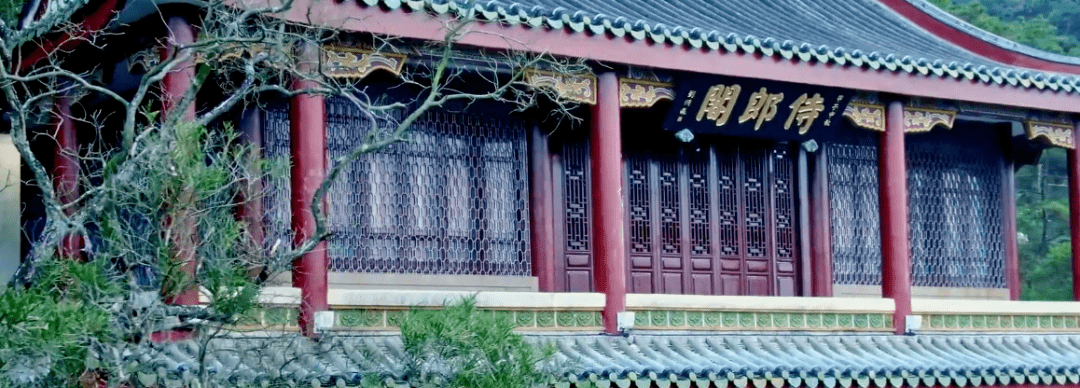
▲ Picture of Guangji Bridge and Hanwen Gong Temple/Chaozhou City Government Promotional Video
Han Yu has always been regarded as a cultural mentor by the people of Chaozhou and has become one of the most important cultural anchors in Chaozhou. The power of this literary style can be seen from the archways on Taiping Road. This is Chaozhou’s “coastal Zoulu”, The historical testimony of Chongwen re-learning and the gathering of humanities.
Another important aspect of Chaozhou culture has to do with several “Southern crossings” in Chinese history. Most of the early Chaozhou immigrants stayed in Fujian for a long time before migrating from Fujian to the tide. They not only brought the Central Plains culture, but also the Fujian culture.
Chaozhou dialect is also called Chaoshan dialect, which is a branch of Min dialect. The Hakka dialect is also spoken by quite a few people in Chaozhou, as well as the Tulou of the Hakka people: Fujian has the famous “Four Dishes and One Soup”, and the Daoyunlou in Raoping, Chaozhou is not inferior. This is what my country has discovered so far. The single largest tulou.
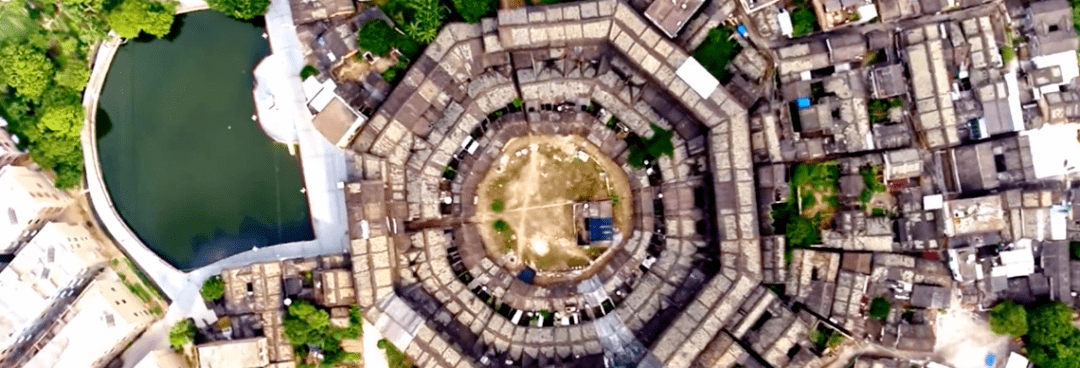
▲ Yunlou, Raoping Road, Chaozhou.Picture/Promotional Video of Chaozhou City Government
Kaiyuan Temple, an ancient temple in Chaozhou, has similarities with temples in Quanzhou, Fujian in terms of architectural decoration, pagodas, or statues. Just like Fujianese people like to worship various gods, Chaozhou people are also very serious about “worshiping the lord”. Ancient and modern heroes, ancestors of all races and surnames, and myths and legends can all be “lords.” On the first and fifteenth day of the lunar new year, you must worship the landlord. In the first month, “worshiping the master” is the most important thing.
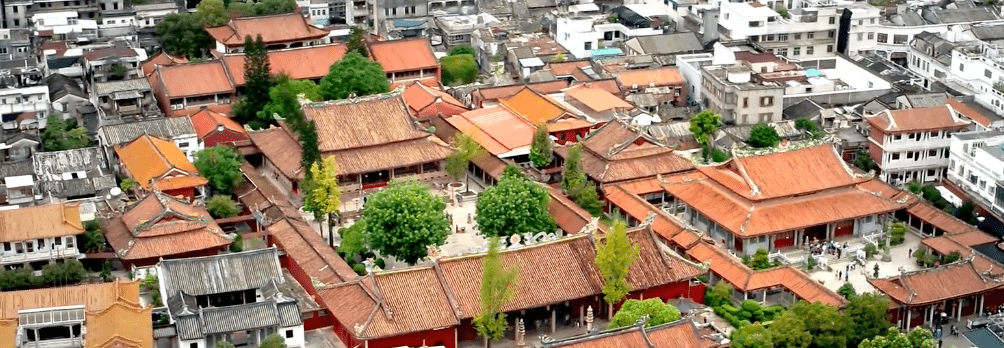
▲ Picture of Kaiyuan Temple, the first ancient temple in Eastern Guangdong / Promotional video of Chaozhou City Government
“Jiaojiren, it doesn’t matter if you shoot to death!” is a local saying that means “doing things for one’s own family, it doesn’t matter if the liver and brain are smeared.” The enthusiasm of Chaozhou people for sacrifice, in addition to the preservation of traditional culture, is largely derived from this family philosophy. And whether it is the preservation of traditions or family concepts, is it not the breeding ground for Chaozhou cuisine?
Cantonese? Min taste? It’s tide!
There is also a saying in Guangdong that “food is in Guangzhou, but Chaozhou is tasted”. Although there is another version that tastes in Shunde, Chaozhou undoubtedly has its own status in the Cantonese delicacy sceneries full of masters.
①Shacha is life
Located at the border of Guangdong and Fujian, many of Chaozhou’s eating habits have both local characteristics. For example, shacha sauce originated in the Chaoshan Chinese diet in Malay-speaking regions, and later became popular in Chaoshan, Fujian and other places. If subdivided, there are some differences in sand tea between the two places. The fragrance of Chaoshan sand tea sauce is stronger than that of Fujian Minnan sand tea sauce.
The daily snacks here are shacha noodles, shacha kuih and shacha dumplings. Chaozhou’s shacha noodles are very different from Xiamen and other places. The first choice is Chaozhou flat noodles, and the peanut butter and shacha sauce are topped after being dried. The two are more salty and spicy when mixed and dry. Pair it with a bowl of plump meatball soup, one bite of noodles and one bite of soup, that’s a refreshing one!
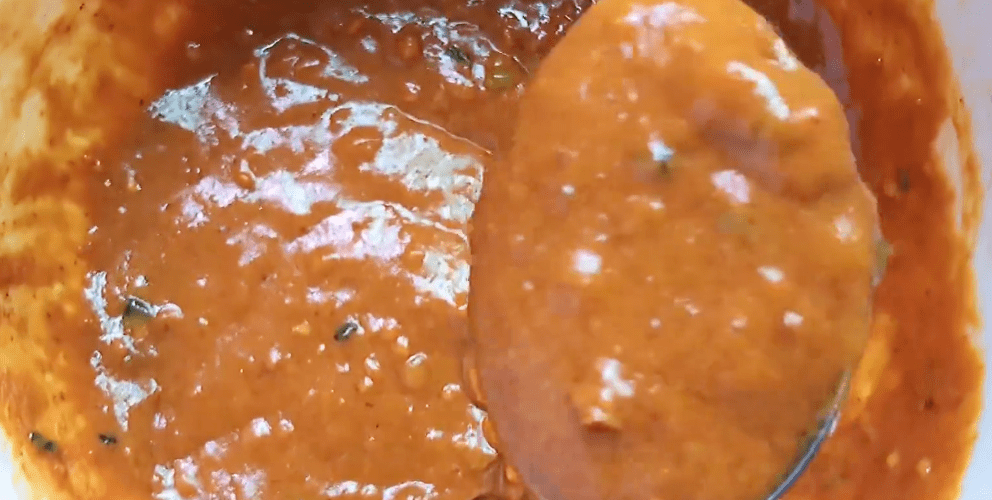
▲ Chaozhou special shacha sauce.Picture/Station B@胖江生活美食
The way of eating rice rolls in Chaozhou has its own characteristics, which is different from that of Guangzhou. In Guangzhou, most rice rolls are topped with soy sauce, while Chaozhou rice rolls have brine soup, sand tea sauce and peanut butter in addition to soy sauce. Not only the soup is different, but the fillings of the rice noodles are also different. The beef rice noodles in Guangzhou is beef, and the barbecued pork is barbecued pork. The rice noodles in Chaozhou is richer, beef, eggs, oysters, mushrooms, bean sprouts… What you want is really the gospel for rice noodle lovers.

▲ The fillings of Chaozhou rice rolls are very rich. Picture/Station B@香弟弟Neo
Chaozhou people almost cannot do without Shacha sauce every day. The Chaoshan Beef Hot Pot, which is famous all over the country, is dipped in the sweet Shacha Sauce.
②The food is fresh
In order to fully tap the potential of beef, Chaozhou people divide beef into more than a dozen different parts, and each part has an appropriate time to rinse. The menu includes hanging dragons, hanging dragon companions, spoons, spoon handles, fat calluses, tender meats, and so on. Newcomers may be confused.

▲ Teochew people divide beef into many parts to eat.Picture/Station B@盗月社食遇记
The five-flowered toe, which is most affected by the heat, only needs three ups and downs in the clear soup to reach the best eating time. The top neck is even more delicate, put it in the bottom of the pot and rinse for about 8 seconds before eating.
“I heard about selling Yusheng in the middle of the night, I want to eat fish head and boiled pange.” Another delicious food is the Yusheng mentioned here. Yusheng, also known as fish meat, was a very common delicacy in ancient China. The so-called “never tired of eating fine meat, never tired of fine food” refers to this.
The fish sashimi here is not the same as the Japanese sashimi. The fish sashimi pays attention to the tenderness of the meat, the thinness of the knife and the combination of spices. How rich are the side dishes and dips? The side dishes include ring pepper, shredded young ginger, shredded onion, and sour carambola slices, and the dipping materials include chili rice vinegar, soy sauce mustard, three osmotic sauce, etc., which are extremely rich.
Chaozhou Yusheng generally uses grass carp. Two pieces of clean meat without bone spurs on the back of the selected fish are used. Dry the water with a dry cloth, and then hang the fish in a ventilated place to let the wind dry. When you eat it, cut it into thin slices, which are thinner and drier than Japanese sashimi, so the Teochew sashimi has a lot of oil in the dipping material, which also plays a role in smoothing the taste. In addition to raw fish, Chaozhou people also eat raw prawns and raw lobsters.

▲ The sashimi of Chaozhou fish is very thin.Picture/Station B@飞飞食记
There is also a fresh way of eating, it is the other king of the supper-fish rice. Unlike Yusheng, Chaozhou fish rice generally uses sea fish, such as Kuanmu, Huaxian, and Balang.
The selected sea fish is fresh first, and then the fish that is not cut or scaled in salt water is marinated in light salt water, then cooked in thick salt water, and cooled naturally, so as to maximize the umami taste of the sea fish. . This principle is similar to the white chicken that Cantonese eat. The simplest cooking method retains the freshest taste of the ingredients.
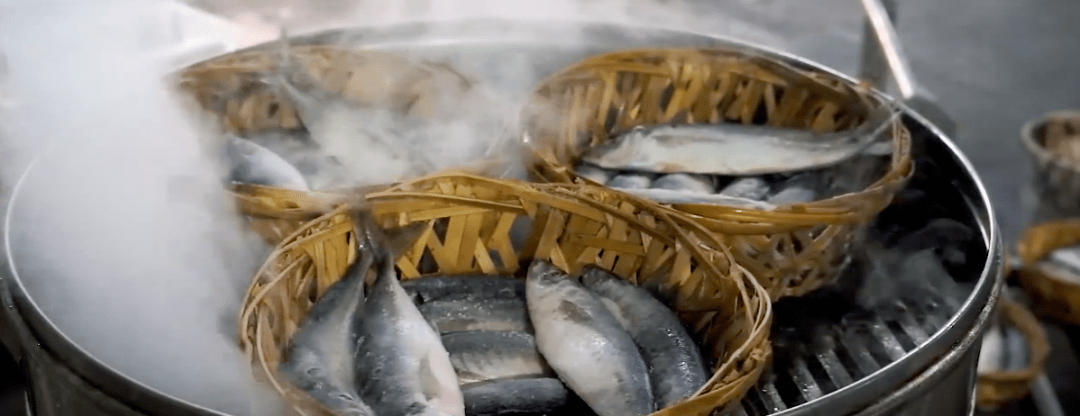
▲ There are many fish to choose from in Chaoshan Fish Rice.Picture/Station B@飞飞食记
Fish rice can be eaten cold, hot, or fried. The best thing is with a bowl of white porridge. The fish is firm and sweet, and the white porridge is mellow and has a grain aroma. Even the meat on the belt picks up the fish. The pureness of the white porridge makes the freshness of the fish to the extreme.
Chen Xiaoqing once said that he couldn’t stand the smell when he tasted fish rice for the first time, but fell in love with fish rice the second time he ate it. In fact, the types of fish rice are not only marine fish, but also seafood such as shrimps, crabs and shellfish. At the Chaozhou night food stalls, red crab rice, red meat rice, Er rice, and thin shell rice are also popular among locals.
③ Variety Kueh Kueh Kueh
Speaking of Chaozhou kueh, there are no less than a hundred varieties. Whether it is to pay tribute to the gods, worship ancestors, weddings and funerals, or stand in small shops, you can see kueh.
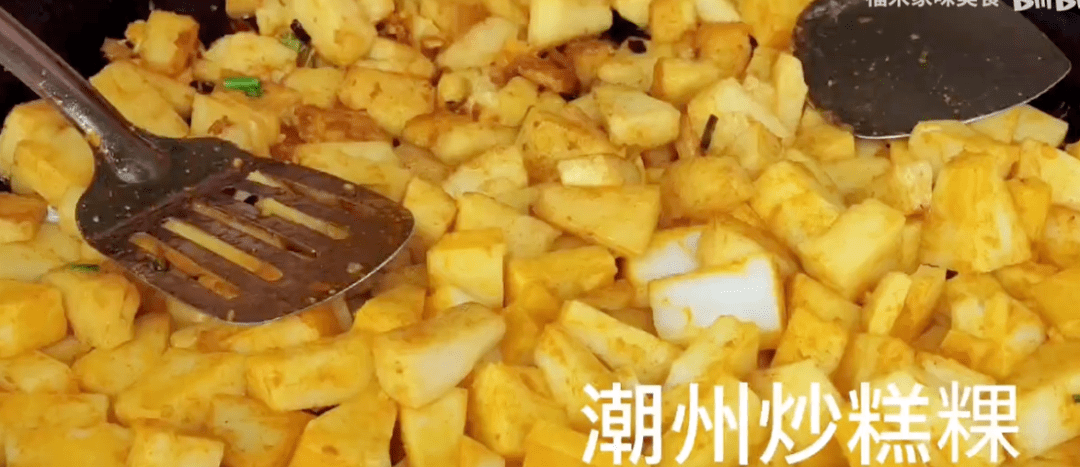
▲ There are really many kinds of Kueh in Chaozhou.Picture/Station B@福米家味美食
People will worship different kuih products in different solar terms, such as the “Piaozi Kueh” made from puzi leaves in the Qingming Festival; the “Zhi Kueh” made with gardenia for the ancestors of the Dragon Boat Festival…The Kueh here uses a variety of Fresh ingredients are stewed into kueh fillings, which are named after the main kueh fillings, such as Caitou kueh, leek kueh, salt water kueh, Gantong kueh, etc. The long-standing and common ones are squirrel kueh, red peach kueh, and rat song Kueh is also found in Fujian.

▲ A long history of red peach cakes.Picture/Station B@潮州山哥
Also affected by the “Nandu” and other places, Fujian and other places often eat kueh, among which there is a well-known snack called nine-layer kueh. Add red-yellow pigment to the rice milk and add it to nine layers in the order of red-yellow-white. Because of the different pronunciation, the Hakka people pronounce “粿” as “粄”-the mouse 粄 they eat is actually a kind of “粿”.
From lobster and abalone to beef hot pot, from sashimi to fish rice, even a simple bowl of sand tea noodles, a piece of salt water kueh, Chaozhou people have their own understanding of taste, and Chaozhou cuisine is more than this: licorice Fruits, duck mother twist, sugar onion pancakes, oyster bake, fermented bean curd pancakes, fish skin dumplings, beef balls, Xikou braised goose…if you don’t have a heavy sample for a month, I’m afraid you can’t finish it.
Chaozhou people cannot be without tea for a day!
Chaozhou people cannot live without tea every day, in addition to shacha sauce. The tide writer Qin Mu once said that “Chaozhou Gongfu tea can be called the representative of Chinese tea ceremony”, and Chaozhou Gongfu tea is a symbol of “the trendy people are elegant, and their actions are superb.”
In the local dialect, “gong” is pronounced as gāng, which is used to describe time. The word “gongfu” means to do things carefully and carefully, which is enough to show that Chaozhou people attach great importance to drinking tea. It is said that drinking tea is like drinking water. In Chaozhou, there is nothing against it: after breakfast, make a pot of tea to wake up; after lunch, come to a pot of tea to relieve greasiness; after dinner, boil water to make tea and watch TV or serve customer.
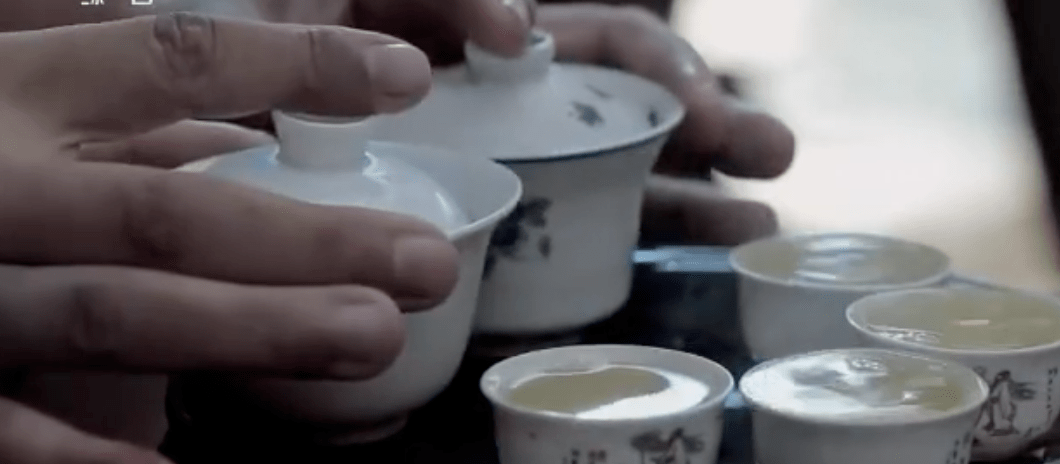
▲ Picture of Chaozhou Gongfu Tea / “Tea, the Story of a Leaf”
Chaozhou people call tea “tea rice”, and tea is as important as rice in life. In order to drink more delicious local tea, Chaozhou people cultivated the “Phoenix Dancong” in Phoenix Mountain. There are various fragrances such as Zhilanxiang, milanxiang, magnolia, evening lavender, grapefruit flower, ginger flower, etc. Strange smell of duck feces.
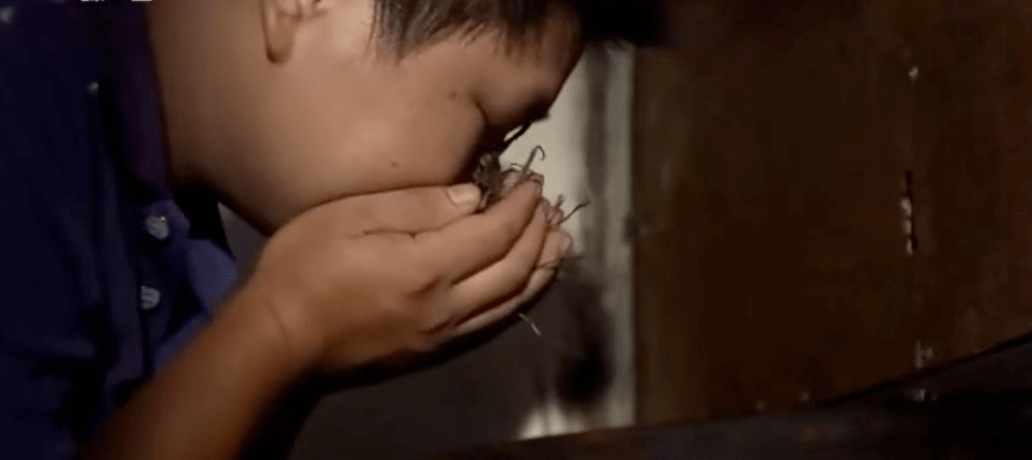

▲ Chaozhou people attach great importance to drinking tea, and they are very particular about it. Photo/”tea, the story of a leaf”
Drinking tea is also very important for Chaozhou people, in addition to understanding thirst, communicating feelings and negotiating business. Chaozhou people like to use a smaller teacup, half the size of a ping-pong ball. It is convenient to sip and drink without leaving a bottom. Don’t say anything, this feeling is all in the tea!
You can drink tea almost anywhere in Chaozhou, whether it is a tea house restaurant, a shop roadside, or a park attraction. Every household has a tea set, and you must drink it for a few rounds a day. Some people also prepare a set of tea sets in their private cars to make it easy to drink them wherever they go.

▲ Although the tea set is simple, it does not delay drinking tea outdoors. Photo/”tea, the story of a leaf”
Chaozhou people used the enthusiasm of life for drinking Gongfu tea, the pursuit of the deliciousness of food, and the study of the way to eat a hundred kinds of kuih. One of the ten great beasts in the Chaozhou dialect, the “hard donkey”, is a “tide-style” complaint made by wage earners to themselves, which means that the work is very hard and the wages are low, but they can only carry it hard for the sake of life. But no matter how hard it is, Chaozhou people should also have time to drink tea with friends, go to the temple to worship gods, and go to the glutinous rice stalls to chill with their families. This is the “ritual sense” of Chaozhou people’s life!

▲ Chaozhou Wood Carving Picture/Chaozhou Government Promotional Video
-END-
Text丨ZZZ
Photo Editing | Wang Jiale
Closed Picture Photography | Li Yishuang
Recommended reading
Click on the picture to read the full text
Global housing prices are soaring, where can I live if I just need it?
Tesla may not need PR But it must be braked
Male audiences don’t like to watch dramas?
That may be a problem with domestic dramas
Americans want to build a high-speed rail?difficult




























































You must log in to post a comment.